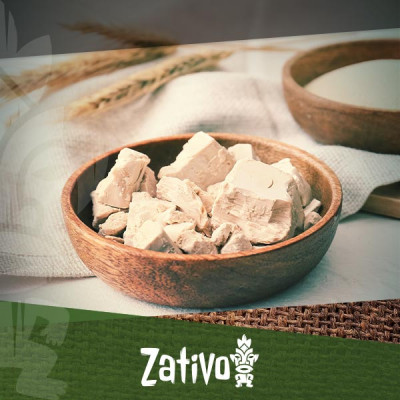Don't have an account?
Register NowYou have to add to cart at least 5 bottles or any program to make checkout.
- BlogScientists Genetical Modify Yeast To Produce THC
Scientists Genetical Modify Yeast To Produce THC
Published: March 20th, 2023
Categories:
News
What if we told you that it is possible to produce THC by genetically modifying yeast? Yes, you read that right.
What now seems like the distant future, back in 2015, a group of scientists were able to produce much-beloved THC using a common ingredient used to make bread and beer: yeast! Now, while this sounds like an exciting development, don’t go running to your kitchen cupboard quite yet.
Whilst it is possible with genetic modification, for the time being, you’re still better off sourcing THC from the cannabis plant itself.
Yeast and THC: How It Happened?
So how did it happen? It all began with a group of researchers from the Technical University of Dortmund in Germany and their curiosity about the genes responsible for producing THC. They then thought about engineering those same genes into yeast. The group also believe that their work could be used to create CBD via yeast, but this still requires some work.
Pretty soon, many other experts got on board, from England and Canada. They conducted their own research and came up with more fascinating results. This avenue of research shows particular promise because, as legislation relaxes across the world, demand for THC and other cannabinoids will probably increase rapidly—indeed, it already is.
Therefore, if novel and more efficient ways to produce it can be discovered, then this opens many doors.
How can yeast produce cannabinoids?
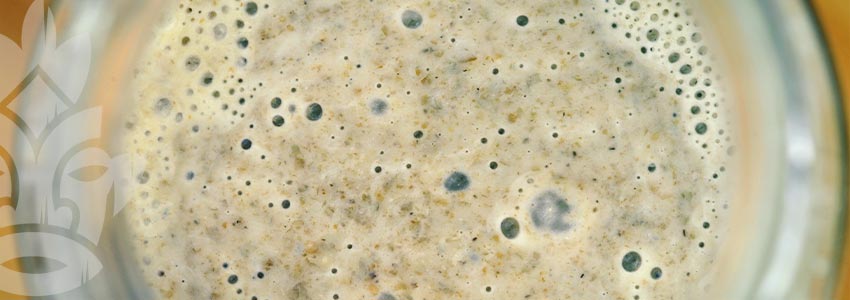
In a nutshell, researchers manipulated yeast’s metabolic process. Instead of turning the sugar that it feeds on into alcohol, as it does naturally, it was made to convert that sugar into THC. This was achieved by inserting genes from the cannabis plant into yeast.
Researchers had the idea of incorporating more than a dozen of cannabis genes into yeast. The genes they used were identified as being the ones responsible for the production of THC within the cannabis plant.
But this process is highly complex, and cannot be achieved in your kitchen. However, gene modification was already highly advanced back in 2015, and is even more so now. So expect more discoveries like this in the future.
How Could THC From Yeast Be Used?
Whilst yeast-made THC is still in the research and testing phase, experts are already seeing a few possibilities from this method. For one, if the process is perfected, it could be the most affordable option to obtain THC, which makes it more accessible to those in need. This would allow manufacturers to produce high quantities of THC for little money, which could benefit those who require it for medical purposes. Alternatively, it might just be patented and used to make large amounts of profit.
It shows promise because yeast requires much less to start metabolising—and producing THC—compared to plants. Cannabis plants require light, nutrients and months of life. Yeast requires much less to produce the same amount of THC. Ultimately, it could be a more efficient method of production.
Can Yeast Be Used To Create Other Compounds?
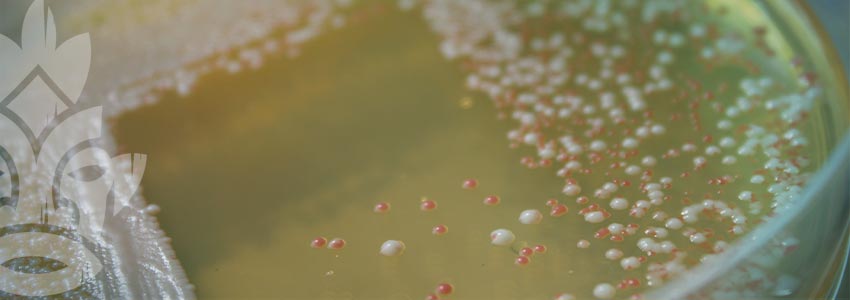
Yeast can potentially be modified to create other compounds. A lot of essential chemicals have already been produced using yeast, namely: insulin, human growth hormone, and even morphine.
Due to yeast’s potential to be modified into making all manner of useful substances, scientists are pursuing this area of research with optimism. Modified yeast offers a cheap and efficient means to produce large amounts of compounds which can otherwise be difficult, expensive or time-consuming to obtain.
Can You Smoke Yeast?
Short answer: no. For one, yeast is not combustible. Once it is placed under high heat (around 48°C), it will slowly but surely die off.
In this case, the THC needs to be extracted. That, however, involves a technical process. And then, this extracted THC is not contained in plant matter or trichomes like THC from the cannabis plant, and must be specially processed in order to be used by humans.
Will Yeast Replace Cannabis Plants?
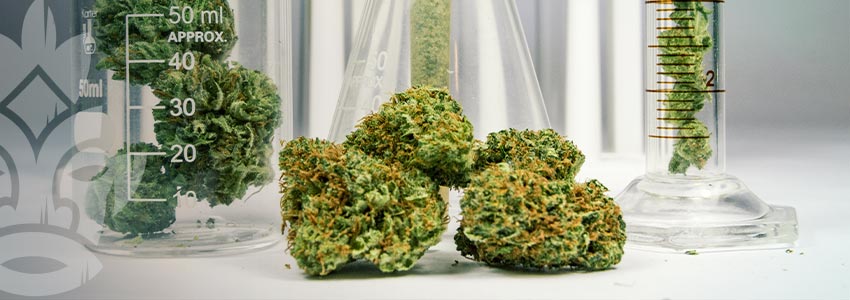
Indeed, the current findings are promising. And if further studies show more success, THC via yeast could be the next big thing, particularly for therapeutic and medical purposes. Given how technology has evolved, more of these developments will likely come up.
But for the time being, cannabis plants are here to stay. They have aromas, terpene profiles, and flavours that won’t be found anywhere else. It will remain to be the classic method of consumption for herb lovers all around, and will likely do so for some time!
Yeast-Made THC: Don’t Throw Away Your Pots!
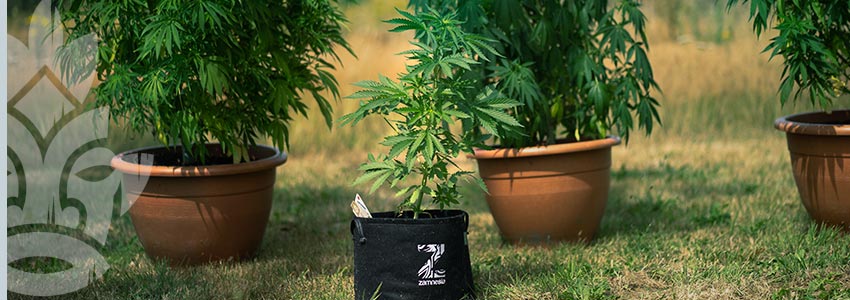
While there is a lot of potential in terms of creating THC using yeast, you are still better off with the conventional growing methods. These have been proven to be effective for millenia, and as the saying goes, “don’t fix it if it ain’t broken.”
So don’t throw away your pots just yet, because you’re going to need them.

